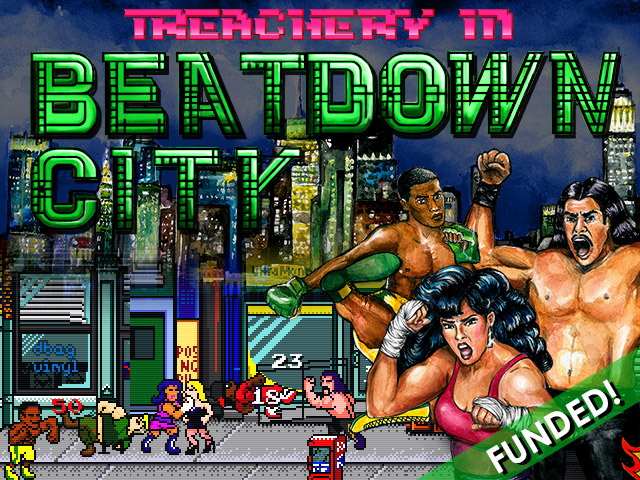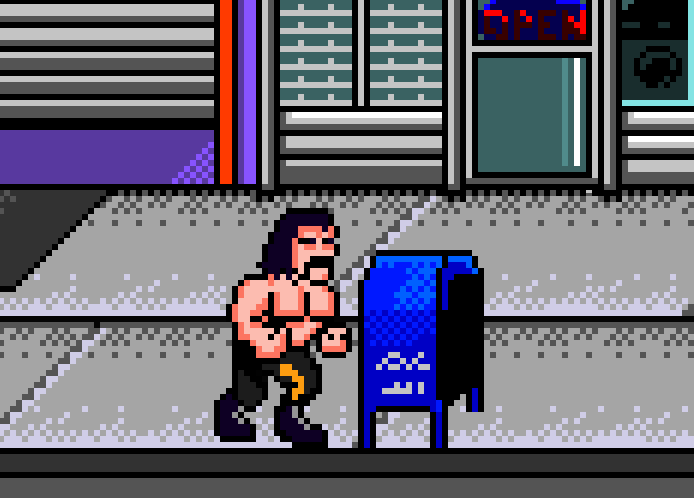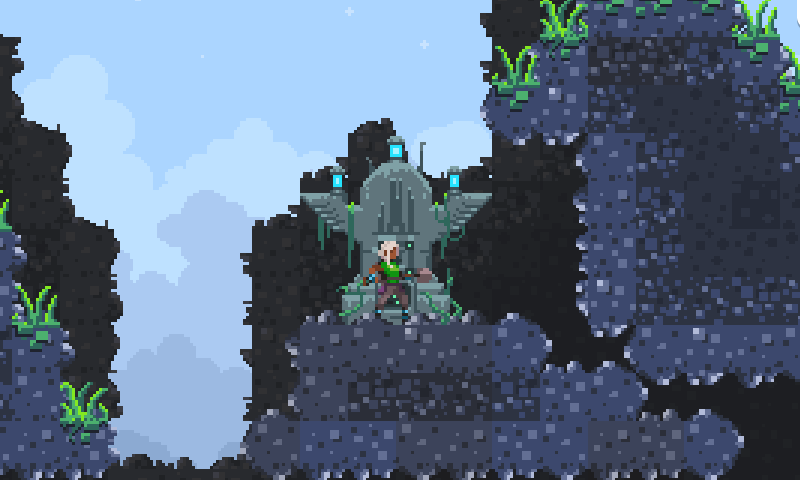NewbQuest Ep.4: Richard Flanagan, Game Designer of Fract OSC
In this episode we interview game designer Richard Flanagan who is a member of the team who created FRACT OSC. FRACT is a musical puzzle exploration game for Mac and PC. FRACT is best imagined by asking: what if Myst and Tron had a baby that was a giant synthesizer you could wander around in? If that sounds awesome to you, you’ll really enjoy it.
For those interested in music and sound technology, particularly real time synthesis, the project is very interesting. The musical puzzles in the game combine pre-recorded music tracks with real time subtractive synthesizer sounds powered by Miller S. Puckette’s Pure Data (or PD) sound generation environment. This is an area of real time sound and music generation that I’ve been very interested to see pursued further in games and so was delighted to talk to Richard about it, along with the larger process of developing FRACT OSC.
You can subscribe and download the show via iTunes, and if you do I’d love it if you had time to leave an honest review.
Podcast: Play in new window | Download | Embed
You can also check out the show via the NewbQuest YouTube channel, if you prefer that format. If you do I’d appreciate if you’d subscribe or leave a comment over there.
To learn more about Richard Flanagan and FRACT OSC head over to FractGame.com. If you enjoyed the interview the best way to support him and his team is to buy the game on steam.







